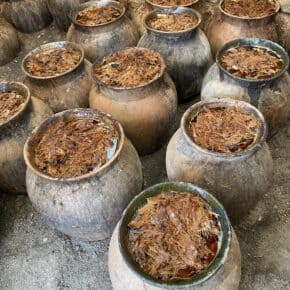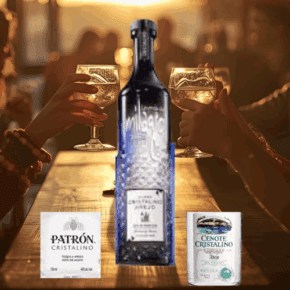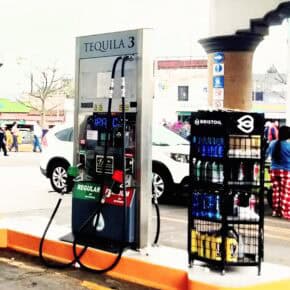What is an añejo tequila or mezcal? Añejo means year-old in Spanish. An añejo agave spirit has been rested in wood for at least one year. The term can apply to tequila, bacanora, raicilla, and sotol.
Why age tequila and mezcal?
Some purists would tell you there isn’t a good reason–that the unaged blanco is the purest expression of an agave spirit. But blancos aren’t for everyone, and reposados and añejos taste friendlier and more familiar to people who are used to drinking whisky or brandy. Resting in wood softens edges and imparts sweetness and a range of familiar flavors such as caramel, chocolate, and vanilla. We must also consider the status factor–añejo mezcals and tequilas are more expensive and really old añejos can be really expensive.
Tequila v. Mezcal
When it comes to the rules of aging, there’s a few crucial differences between the various categories of agave spirits.
What defines añejo tequila?
Añejo tequila must be aged for one year in an oak barrel that’s no more than 600 liters. More commonly, añejos are aged in smaller barrels. The extra-añejo class was established more recently, in 2006. Extra-añejos must be aged for at least three years in oak. Contrary to popular belief, there is no legal limit to how long añejo tequilas can be aged.
What is añejo mezcal?
Añejo mezcal follows similar rules with a slight difference. Añejo mezcal must be aged for at least one year in a barrel, but the mezcal norm doesn’t specify what type of wood and the barrel can be bigger than a tequila barrel–up to a 1000 liters.
What’s the deal with aged bacanora?
Añejo bacanora must be aged for at least one year in an oak barrel no larger than 200 liters. Aged bacanora is sometimes labeled as “extra-aged” for the international market because reposado bacanora can be labeled as “aged.” If you enjoy reading regulations in Spanish, you can find the bacanora norm here.
Can you find aged raicilla?
Añejo mezcal is not considered particularly traditional and the same goes for this regional mezcal from Jalisco. That said, you can find aged raicilla. The raicilla norm has not yet been ratified, but the proposed rules will sound familiar to you. Añejo raicilla must be aged a least a year, and extra añejo must be aged at least two years. Oddly, the current norm doesn’t specify what type of wood añejo raicilla must be rested in, but it does specify oak or white oak for extra-añejo.
What about añejo sotol?
Yes. While sotol isn’t actually a mezcal, as usual we’re going to talk about it anyway. The norm for sotol mandates that añejo sotol must be aged for–you got this–one year. But the container can be no more than 210 litres and may be made of oak, chesnut, acacia, beech, or ash.












Leave a Comment